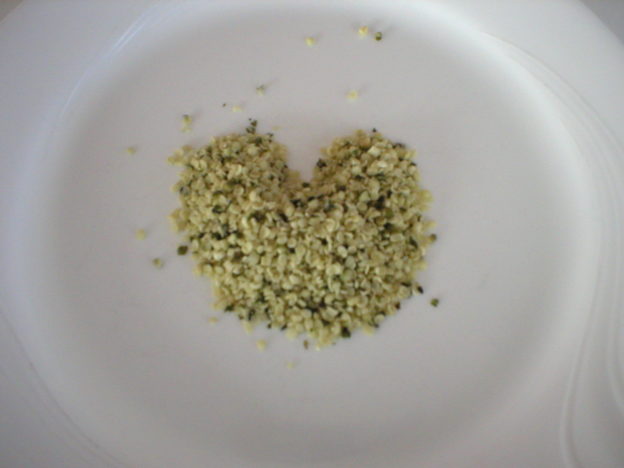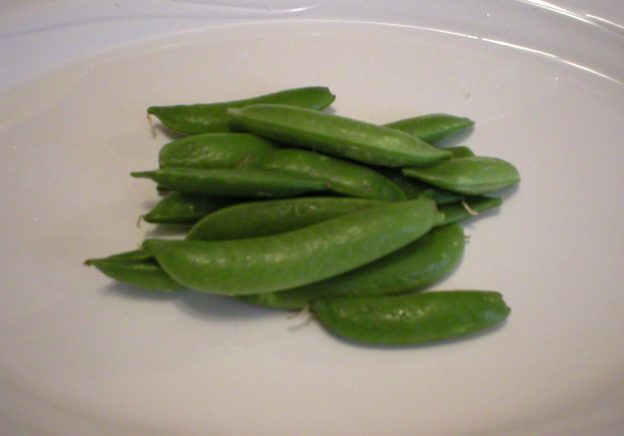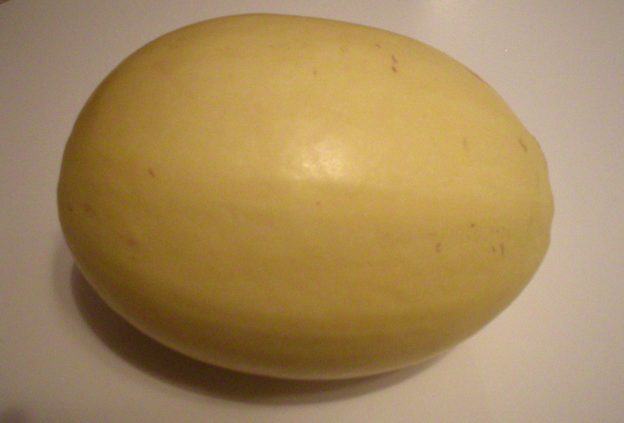Hemp seeds are interesting little seeds that have a strong nutritional punch to them. If you want an easy way to boost the health benefits of your foods, include some of them in whatever you want and your body will thank you for it. The following is a comprehensive article covering all about hemp seeds.
Enjoy!
Judi
Hemp Seeds 101 – The Basics
About Hemp Seeds
Hemp seeds are the seeds of the plant family, Cannabis sativa. They are the same species classification as the cannabis/marijuana plant, but are a different variety. So, they are completely different plants. Hemp seeds do not cause any mind-altering effects.
Hemp seeds have a mild, nutty flavor and the hulled seeds are sometimes referred to as hemp hearts. They can be eaten raw, cooked, or roasted. Hemp seed oil has been used as food and medicine in China for over 3,000 years.
Nutrition Tidbits and Health Benefits
Hemp seeds are very nutritious. They are about one-third fat, being rich in the omega-6 fat, linoleic acid, and the omega-3 fat alpha-linolenic acid. They have a ratio of 3:1, omega-6 to omega-3, which is considered to be the optimal ratio for health.
They are also a great source of protein, Vitamin E, and the minerals phosphorus, potassium, sodium, magnesium, sulfur, calcium, iron and zinc. About one-fourth of the calories in hemp seeds comes from protein. Furthermore, the protein in hemp seeds is considered to be almost a complete protein, containing all the essential amino acids, which is unusual in plant foods. (They are a little short in the amino acid lysine to have the complete balance of amino acids that humans need to be considered “complete.”) Two to three tablespoons of hemp seeds provides about 11 grams of protein. They are also a very digestible protein, being better than many grains, nuts and legumes.
Hemp seeds may help reduce your risk for heart disease. They are rich in the amino acid arginine, which produces the gas nitric oxide in the body. This gas makes your blood vessels relax and dilate, thereby reducing blood pressure. Increased arginine intake has been shown to correspond with lower levels of C-reactive protein, an inflammation marker associated with increased risk for heart disease.
Hemp seeds and hemp seed oil may also improve skin disorders such as eczema, atopic dermatitis, and acne. Studies suggest that the immune system works at its best when the omega-6 and omega-3 fats are properly balanced. Recent research has shown that eczema is actually an autoimmune condition. Because of the optimal balance of essential fatty acids in hemp oil, studies have shown that the oil may relieve the dry skin and itchiness of eczema, reducing the need for skin medications, and helping to correct the condition internally.
Studies have shown that the high levels of gamma-linolenic acid (GLA) in hemp seeds may reduce the symptoms of premenstrual syndrome (PMS) in women. Women experienced reduced breast pain and tenderness, depression, irritability, and fluid retention associated with PMS. Studies indicate that the high GLA content of hemp seeds may also reduce the symptoms experienced during menopause. The oils in hemp seeds produce prostaglandin E1, which reduces the effects of prolactin, the hormone that appears to cause the symptoms experienced during PMS. During menopause, the oils in hemp seeds may help to regulate hormone imbalances.
Whole (unhulled) hemp seeds are also a good source of fiber, both soluble and insoluble, which helps to improve digestion and cleanse the colon. Whole hemp seeds are crunchy and are more shelf-stable than the hulled version. It is noteworthy that sometimes the hull can get stuck in teeth or dental work. Hence, some people avoid the whole seeds for this reason. Hulled hemp seeds do contain some fiber, however, they do not have the colon-cleansing effect of the whole seeds because the outer hull which contains most of the fiber has been removed.
How to Select Hemp Seeds
When buying hemp seeds, look for those packaged in air-tight, opaque containers that will protect them from light and air. Look for a “best by” date and opt for the freshest you can find.
How to Store Hemp Seeds
Once opened, store your hemp seeds in an airtight container in the refrigerator or freezer, where they will keep for about a year. If kept on the pantry shelf, they may last only three or four months before starting to go rancid. If you notice any “off” smell to them, throw them away, as they have started to spoil and should not be eaten.
Quick Ideas and Tips for Using Hemp Seeds
Here are some simple ways to include hemp seeds into your diet…
* Sprinkle whole or shelled hemp seeds onto cereal, hot or cold.
* Add a spoonful of hemp seeds to yogurt for a nutty flavor and nutritional boost.
* Add hemp seeds to a smoothie.
* Add some hemp seeds to baked goods when mixing dry ingredients.
* Sprinkle some hemp seeds onto a salad of any type.
* If using whole hemp seeds, grinding them in a spice grinder or with a mortar and pestle can help to make them more digestible.
* Hemp seeds are completely gluten free, so those who are sensitive to gluten can freely eat them.
* Add hemp seeds to breading mixture when coating foods for frying or baking. Or, simply use hemp seeds in place of bread crumbs when mixing breading ingredients.
* Make hemp seed milk in the same way you would make your own almond milk.
* Use hemp seed oil only as a “finishing” oil, rather than cooking with it or heating it in some way. This will maintain the quality of the fatty acids, and avoid breaking them down from the heat. Use hemp seed oil to make salad dressings, add flavor to cooked vegetables, and drizzle over popcorn, pasta dishes, cooked grains such as rice, or even pizza.
* Sprinkle hemp hearts (hulled hemp seeds) on cooked vegetables of any type.
* Add some hulled hemp seeds to burgers of any sort, meat or meatless.
* Add some hulled hemp seeds to soups, sauces, stews, tomato sauce, pesto, and casseroles for a little nutty flavor and nutritional boost.
* Add hemp hearts to any chia seed pudding.
* Add hemp hearts to pancake or waffle batter.
Foods That Are Known to Go with Hemp Seeds
Protein, Nuts, Seeds: Almonds, beans (white), cashews and cashew butter, eggs, walnuts
Vegetables: Bell peppers, cabbage, carrots, celery root, mushrooms, onions (green), squash (winter), vegetables (in general), watercress
Fruit: Avocados, berries (in general), blackberries, lemon, lime
Grains and Grain Products: Baked goods, breading (for meats, fish, poultry), cereals, grains (whole), noodles, oatmeal, popcorn, rice
Dairy and Non-Dairy: Cheese (cottage), yogurt
Other Foods: Chocolate, oil, vinegar (esp. white wine)
Herbs: Cilantro
Hemp seeds have been used in…
Baked goods (breads, cookies, muffins, piecrusts, quick breads), cereals (hot and cold), chili (vegetarian), dips, granola, pestos, pilafs, salad dressing, salads (green), smoothies, soups, spreads (i.e. chickpea), stir-fries, trail mixes, and veggie burgers
Recipe Links
18 Creative and Delicious Hemp Seed Recipes https://ohmyveggies.com/hemp-seed-recipes/
Hemp Seed Recipes: How to Use Hemp Seeds https://www.thespruceeats.com/hemp-seed-recipes-3376948
39 of the Best Hemp Recipes Ever (and Why Hemp is a Super Healthy Food) https://www.kindearth.net/39-of-the-best-hemp-recipes-ever-and-why-hemp-is-a-super-healthy-food/
11 Delicious Hemp Seed Recipes https://hempseedhealth.com/hemp-seed-recipes/
Gluten-Free Vegan No-Bake Hemp and Chia Seed Bars https://thehealthyfamilyandhome.com/raw-hemp-and-chia-seed-bars/#wprm-recipe-container-143126
Resources
https://www.healthline.com/nutrition/6-health-benefits-of-hemp-seeds#section1
https://www.healthline.com/health-news/study-proves-eczema-is-an-autoimmune-disease-010515#1
http://www.benshemp.com/wholehull.htm
https://www.medicalnewstoday.com/articles/323037.php
https://www.bonappetit.com/test-kitchen/ingredients/article/hemp-seeds
http://www.purehealingfoods.com/hempHeartsFAQ.php
https://manitobaharvest.com/blog/5-tips-for-cooking-with-hemp-hearts/
https://www.wellandgood.com/good-advice/blue-zone-power-9/
https://www.livestrong.com/article/486854-are-hemp-seeds-a-good-source-of-protein/
https://greatist.com/health/complete-vegetarian-proteins#Close-but-not-quite
Page, Karen. (2014) The Vegetarian Flavor Bible. New York, NY: Little, Brown and Company.
About Judi
Julia W. Klee (Judi) began her journey enjoying “all things food” in elementary school when she started preparing meals for her family. That love of food blossomed into a quest to learn more and more about health and wellness as related to nutrition. She went on to earn a BS Degree in Food and Nutrition, then an MS Degree in Nutrition. She has taught nutrition and related courses at the college level to pre-nursing and exercise science students. Her hunger to learn didn’t stop upon graduation from college. She continues to research on a regular basis about nutrition as it relates to health. Her hope is to help as many people as possible to enjoy foods that promote health and wellness.



